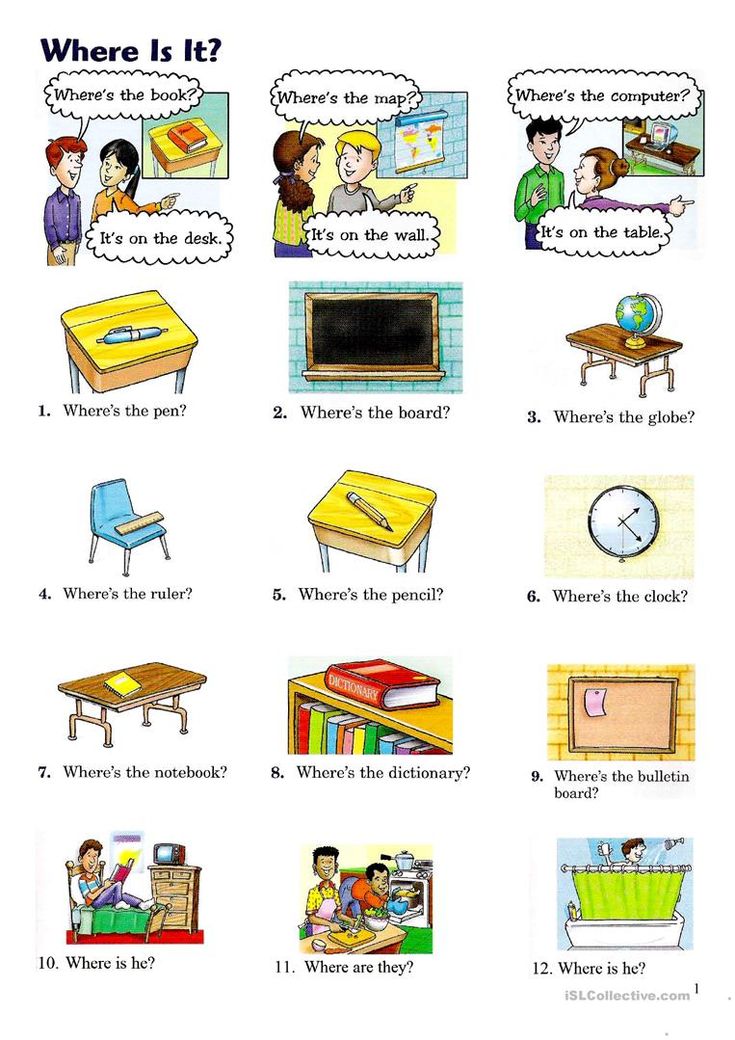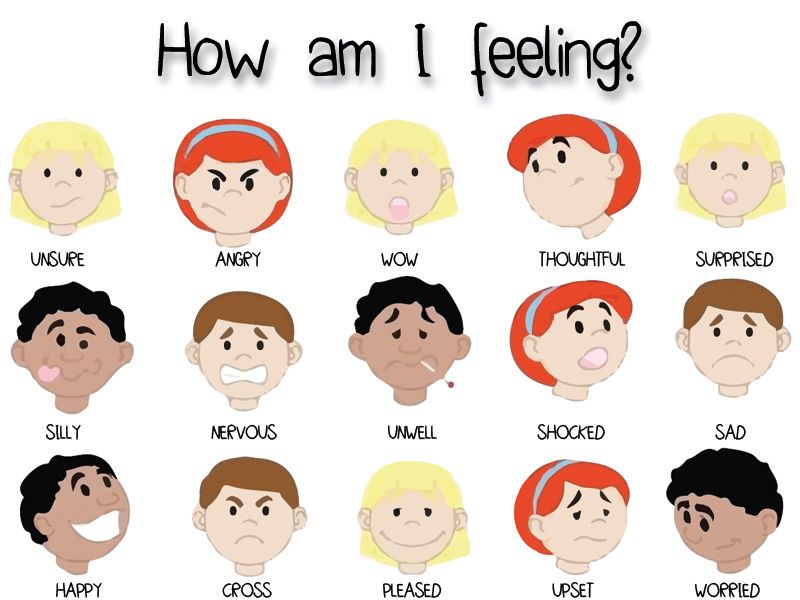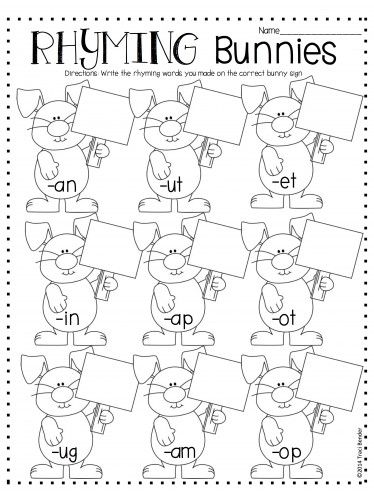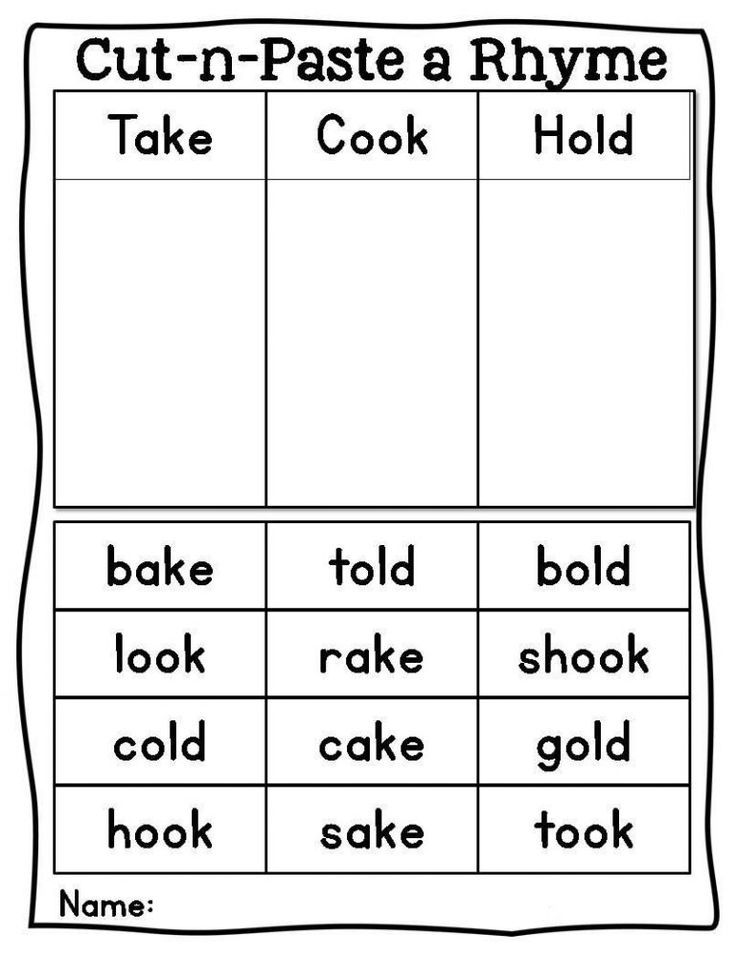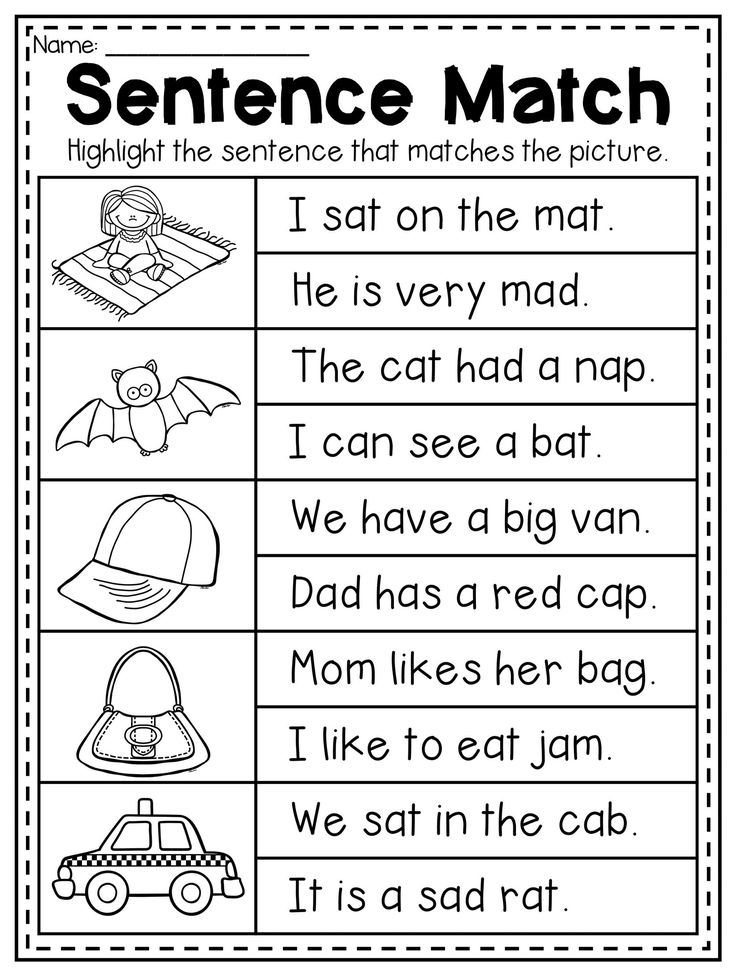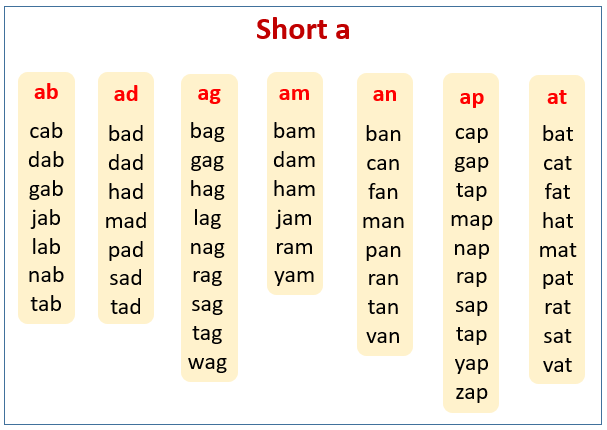How to teach following directions
10 Tips to Help Kids Follow Directions
Some kids with learning and thinking differences have trouble following directions. Here are 10 ideas for helping your child improve.
Explore topics selected by our experts
Strategies and tips
Following instructions
1. Ask for your child’s attention.
Giving directions when your child isn’t focused on you could set both of you up for failure. Ask for your child’s attention by saying, “Look toward me, please. I need you to listen now.” Some kids have a difficult time with the nonverbal aspects of language. Asking your child to look toward you, instead of looking you in the eye, takes that into account. You can make it easier by moving into your child’s line of sight.
2. Minimize distractions.
Once you have your child’s attention, you want to keep it. It can be hard for kids to hear and follow directions while they’re playing video games or when the TV is on in the background. Minimize any distractions before giving directions. Turn off the TV. Ask your child to put down the game or book. Make sure your child is looking toward you.
You can model this behavior by giving your child your full attention when giving instructions. That also shows your child that what you’re saying is important.
3. Speak quietly.
It may be tempting to speak louder or speak over your child when there is something you need to say or get done. But you may capture your child’s attention better by speaking in a softer voice. Give directions in a calm, even tone. Kids may be able to focus more easily on the substance of what you have to say when they don’t have to process the tone and the volume, too.
4. Use “wait time.”
Teachers often use “wait time.” So do educational TV shows for kids. “Wait time” is that three- to seven-second pause after you say something or ask a question. Research shows that kids process better what you have to say — and respond to it appropriately — when they let it sink in.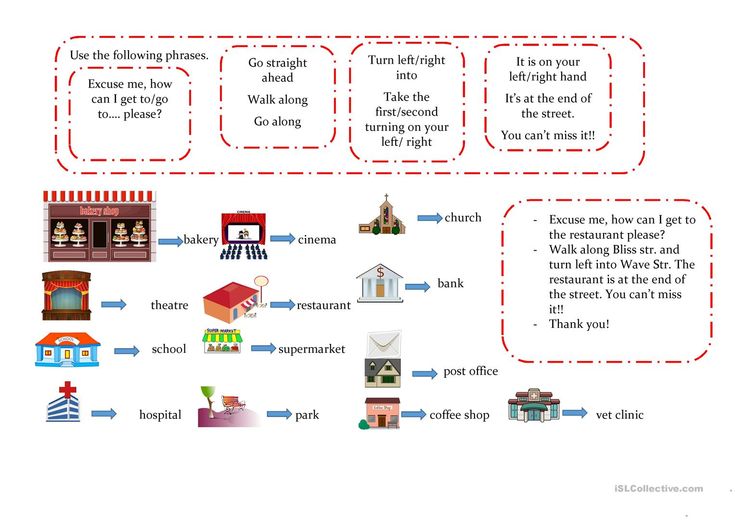
Your child still may not follow directions or answer your question after that pause. If so, it’s OK to repeat what you said.
5. Check for understanding.
Checking for understanding goes hand in hand with giving your child some “wait time.” Ask your child to repeat your directions back to you. It’s also helpful to ask kids to explain your directions in their own words. It gives them a chance to ask questions. It also gives you a chance to clarify what you said in case your child misunderstood anything.
6. Tell, don’t ask.
Many parents phrase directions as questions, such as, “Would you set the table, please?” Kids may think they have a choice about following directions. Rephrase what you said so that you are telling your child what to do instead of asking: “Set the table, please.”
7. Give instructions one at a time.
Younger kids with learning and thinking differences may have trouble following a sequence of steps. You may say, “Please set the table, wash your hands, and tell your sister it’s time to eat.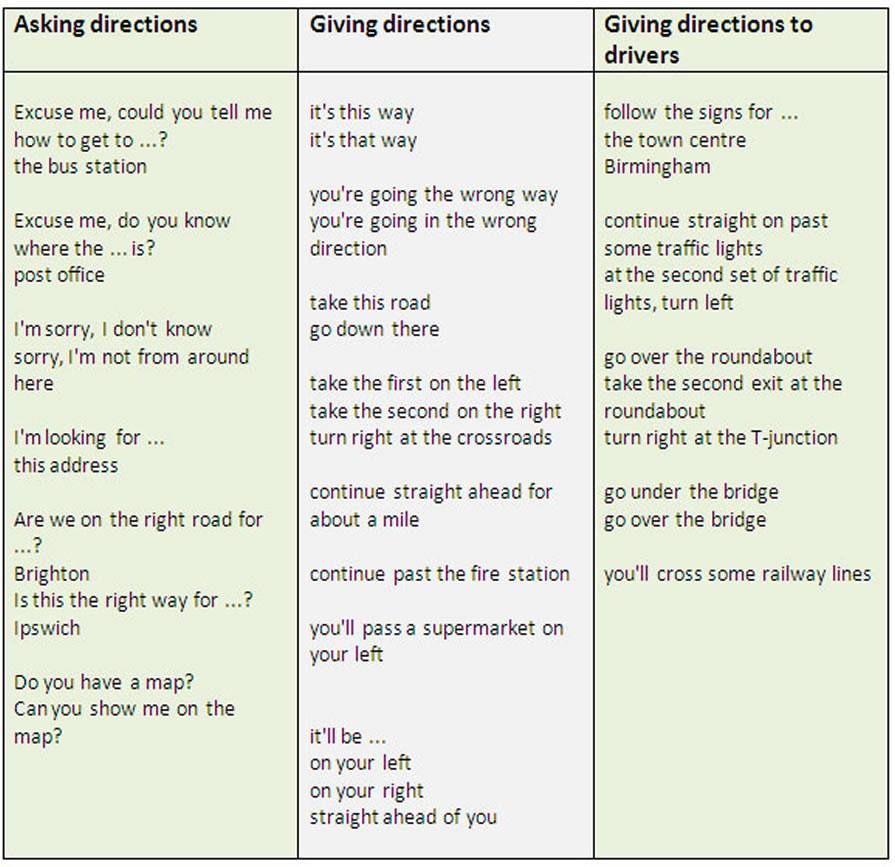 ” Your child, however, might get stuck after setting the table. Give directions one at a time, when possible.
” Your child, however, might get stuck after setting the table. Give directions one at a time, when possible.
If you can’t break directions down into steps, try to group things together in ways that make sense. For example, “While you’re upstairs washing your hands, please tell your sister it’s time to eat.”
8. Number your directions.
Help your child follow multi-step directions by actually putting a number to them. Typically, people can hold up to four things in their at a time. This is easier to do when the things are connected or when there’s a way to make them more memorable.
Say things like “There are three things you need to do,” or use words like first, second, then, next, and last. That can help your child keep all the steps in mind — or at least remember that there was more to the directions.
9. Be precise in what you say.
Kids who have problems with planning and organization or language may have trouble with vague directions.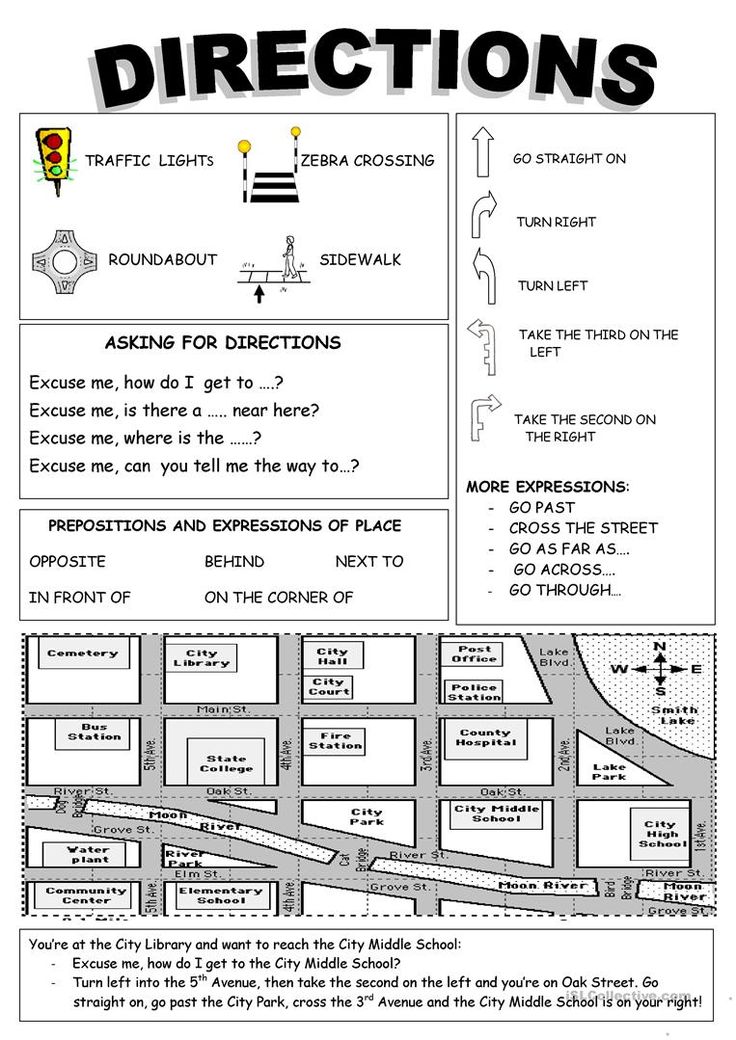 You may think your child isn’t following the direction to “Please go clean your room.” But sometimes kids are really having trouble figuring out how to get started.
You may think your child isn’t following the direction to “Please go clean your room.” But sometimes kids are really having trouble figuring out how to get started.
Be specific. For example, you may get better results if you break the job into smaller tasks: “Please put your laundry away. Then pick up the trash from the floor. And then make your bed.”
10. Use visual cues.
Kids who have language processing issues can have a hard time following spoken directions. Consider using visual cues, too. For example, point out what needs to be cleaned. You can also demonstrate what you’re asking your child to do. For instance, “Please set the rest of the table the same way I’m setting this spot.”
Related topics
Strategies and tips
Following instructions
10 Ways to Teach Students to Follow Directions
2.8K shares
Getting your students to follow directions can be a challenge sometimes.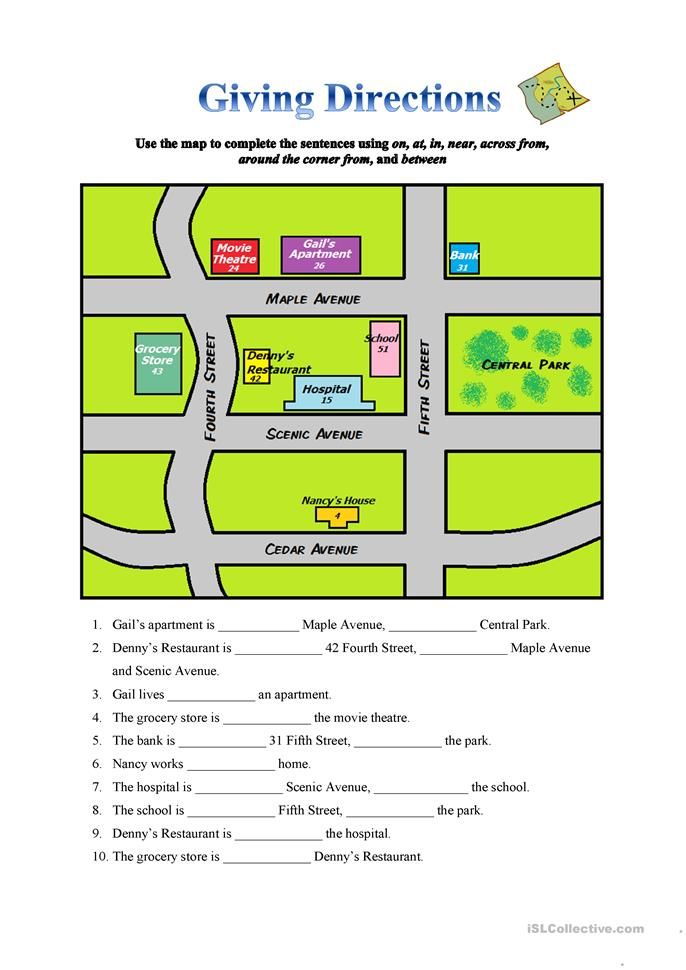 It’s even more frustrating when it takes up your limited teaching time. So what can you do, besides have the patience of a saint?
It’s even more frustrating when it takes up your limited teaching time. So what can you do, besides have the patience of a saint?
Even a teacher with excellent classroom management will, from time to time, have a student or two who manages to miss the directions provided, or simply doesn’t follow them for whatever reason. Without fail these cute little ones are always quick to say, “What are we doing?” or “I don’t know what to do.” While the first time you hear it you are likely to not have a problem helping out, but after a few times, you’ll be tired of repeating yourself. That’s where these ten ideas come in.
1.) When providing directions, always make sure you are using an appropriate voice and message. Use the appropriate voice volume, tone, and even the speed, so your students listen well. If you talk too quietly or quickly, they aren’t going to be able to follow directions. Some schools provide portable microphones that teachers can wear. If you scream or shout at them, they are more likely to resist you and your instructions.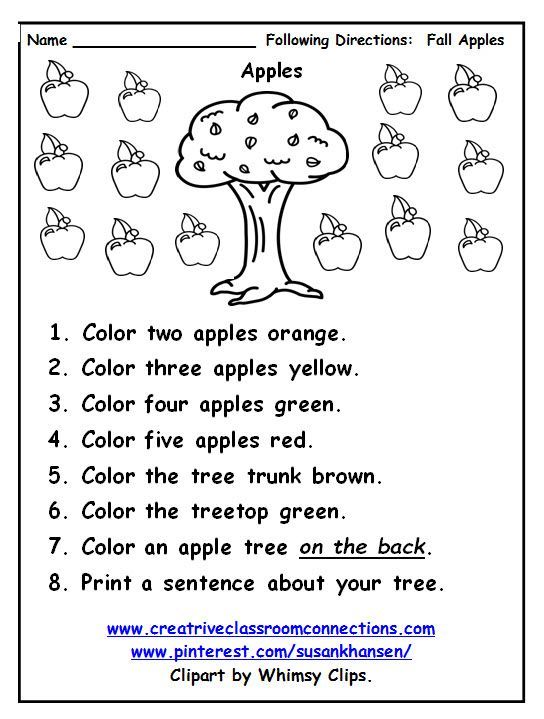
2.) Start each activity off with an anticipatory set or an attention getter. To start any activity with instructions, catch their attention first. Establish a moment of silence to grab their attention, stand in front, write a word on the board, or use hand gestures.
Once you have their focused eyes, start with an introduction of what you are about to do. Then, one by one, give instructions while checking their reaction. Their faces will let you know if they are confused or if they get it.
3.) Use actions with keywords. When you give instructions, try to create keywords that are equivalent to actions. This is a good strategy for giving verbal instructions. It is like having a “go” signal. When you say the “magic word,” they should be able to do the correct action. You may also use hand gestures or sound signals. For example, tell them to start writing when you put your hand down.
4.) You repeat, they repeat.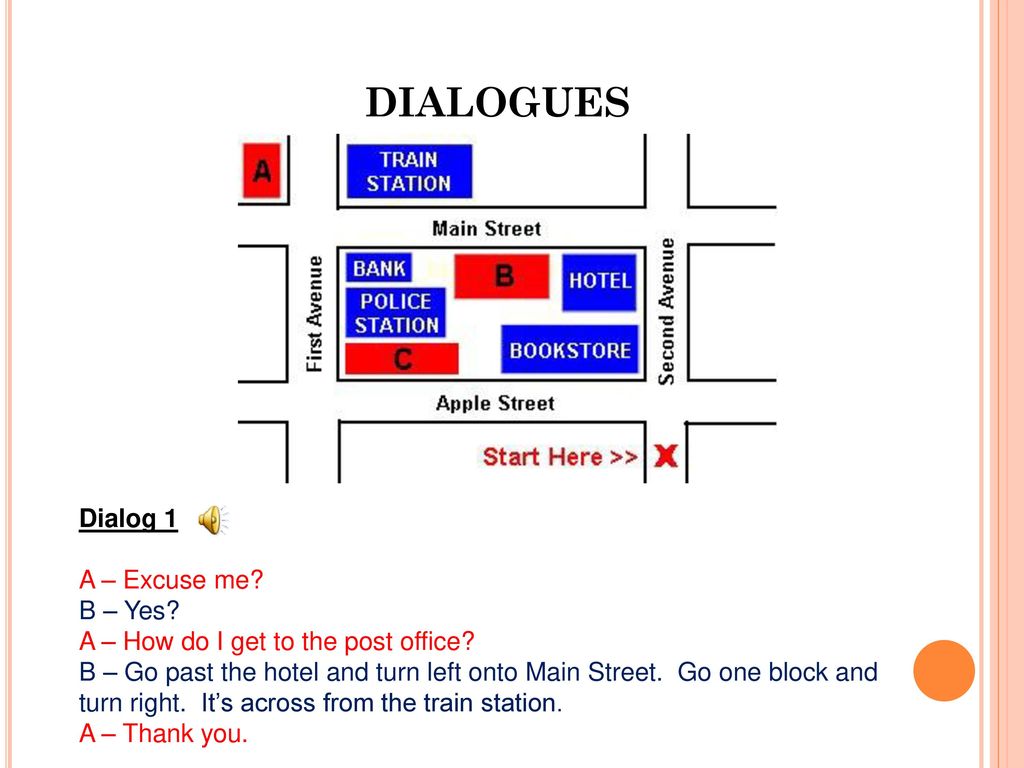 Repeat only once and ask them to repeat the directions. Have one, a few, or all of them say the instructions aloud. Give printed out instructions to take home projects or have them copy the instructions in their notes. Repetition is still a key to remembering and this is important in making your students follow directions effectively.
Repeat only once and ask them to repeat the directions. Have one, a few, or all of them say the instructions aloud. Give printed out instructions to take home projects or have them copy the instructions in their notes. Repetition is still a key to remembering and this is important in making your students follow directions effectively.
5.) Use visuals to help students follow directions. Say your instructions with visual aids: PowerPoint presentations, flipcharts, flashcards, or just simply writing the numbered instructions on the board. When they have the instructions right in front of them, it’s easy to point at them.
6.) Break it down! Support your instructions with examples or simplify them by breaking them down in detail. You may also consider modeling the instructions or role-playing them if needed. Actions speak louder than words, right?
7.) Direct with a Reason. Some students have a lot of questions, and these questions are usually a “why” question.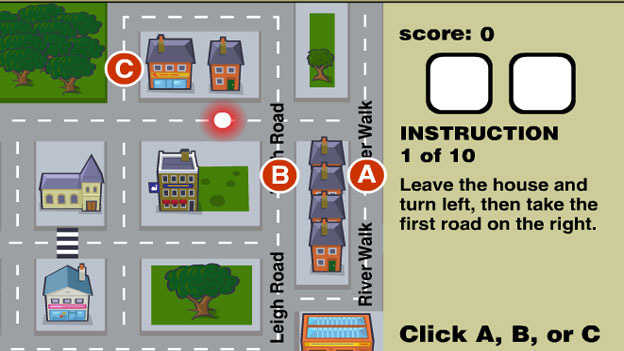 When providing your instructions include the “why” for doing it. For example, “turn your books to page 4 and find the most difficult word you encounter. After that, be prepared to know what this means and be able to use it in a sentence.”
When providing your instructions include the “why” for doing it. For example, “turn your books to page 4 and find the most difficult word you encounter. After that, be prepared to know what this means and be able to use it in a sentence.”
8.) Check with a question. Ask your students questions to check to see if they are following directions correctly. Yes, you can still ask the usual “any questions?” but most likely no one will say anything, and as soon as you have them get started, the questions will begin! So instead, ask specific questions, like “which page should we turn to?” or “what should we do after dividing?” Consider asking these other questions too:
- What are you doing now?
- Where are you right now?
- Which one are you doing?
- What should you be doing right now?
9.) Check with others. When they first come to you, ask if they have reached out to any of their other classmates. If not yet, remind them of the “3 Before Me” Rule.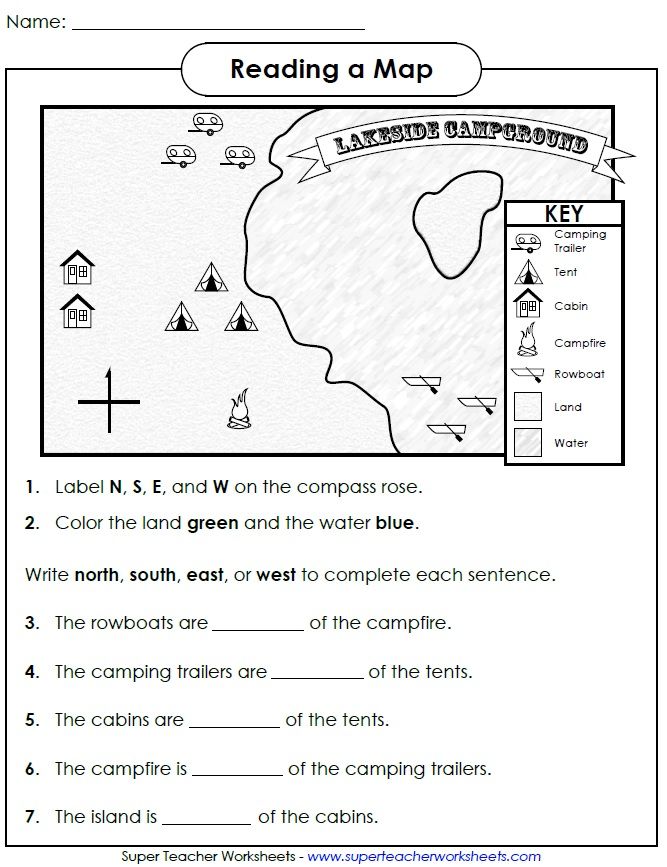 I always write it on my board – “C3B4 Me” to remind students. I have my students quietly ask a neighbor what the directions were AND then ask two more – even if the first person told them. That way they are confirming the directions are the same from all three people. If all three people don’t know the directions, then the student should come to see me. At that point, I know I need to try another option on this list.
I always write it on my board – “C3B4 Me” to remind students. I have my students quietly ask a neighbor what the directions were AND then ask two more – even if the first person told them. That way they are confirming the directions are the same from all three people. If all three people don’t know the directions, then the student should come to see me. At that point, I know I need to try another option on this list.
10.) Countdown. Give your students a time frame to do something. A simple counting to five while clapping your hands to take out their books or to use a timer on the board to show how long they have left to finish cleaning up. And once they are done, teach them a signal to give if they are finished, like one clap or putting their hands above their book.
The most important tip of all when it comes to getting students to follow directions is to use consistency. The more routine you are with your procedures and directions, the more they will be able to follow them on autopilot.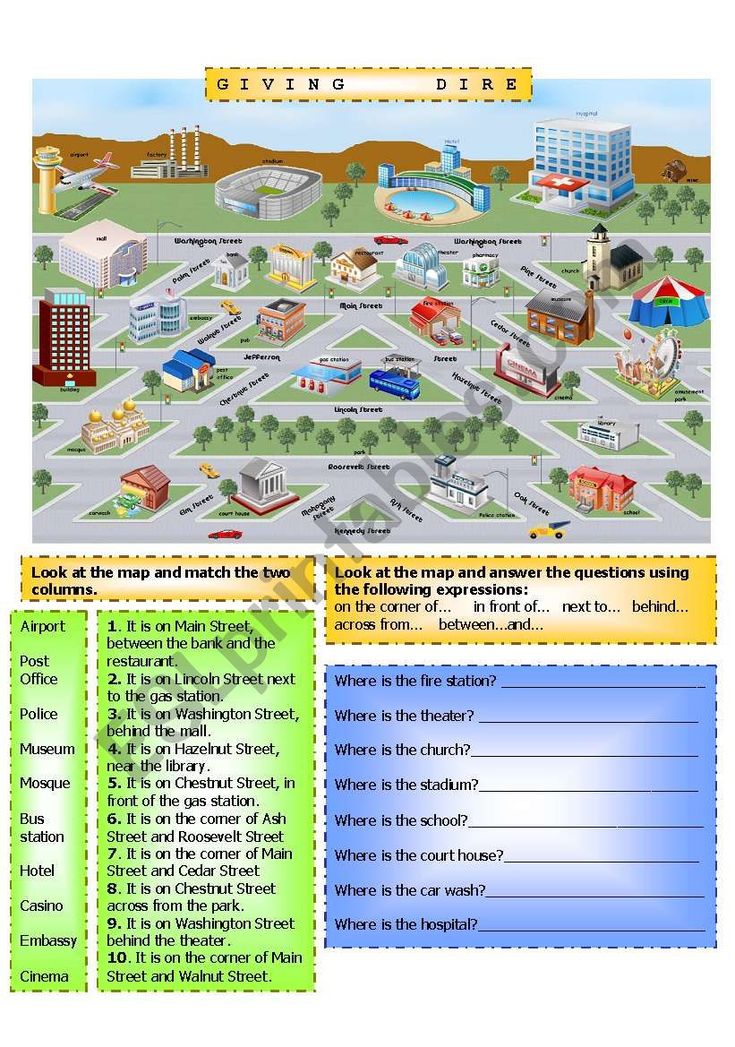
2.8K shares
Education for an economist. | University SYNERGY
"Economist" is a concept that combines several different areas and specialties. All activities are united by one thing - in the work a specialist deals with cash flows and financial indicators. Therefore, the range of jobs in this area is wide - graduates of economic universities and faculties can find jobs in government agencies, banks, public and private institutions. Therefore, the question of how an economist is trained is of interest to applicants.
Apply for training
I consent to the processing of personal data, I agree to receive newsletters from Synergy University and agree to the privacy policy.
What specialty do you need to get
Among the specific specialties that you can enroll in order to work in the economic field, the following areas can be distinguished:
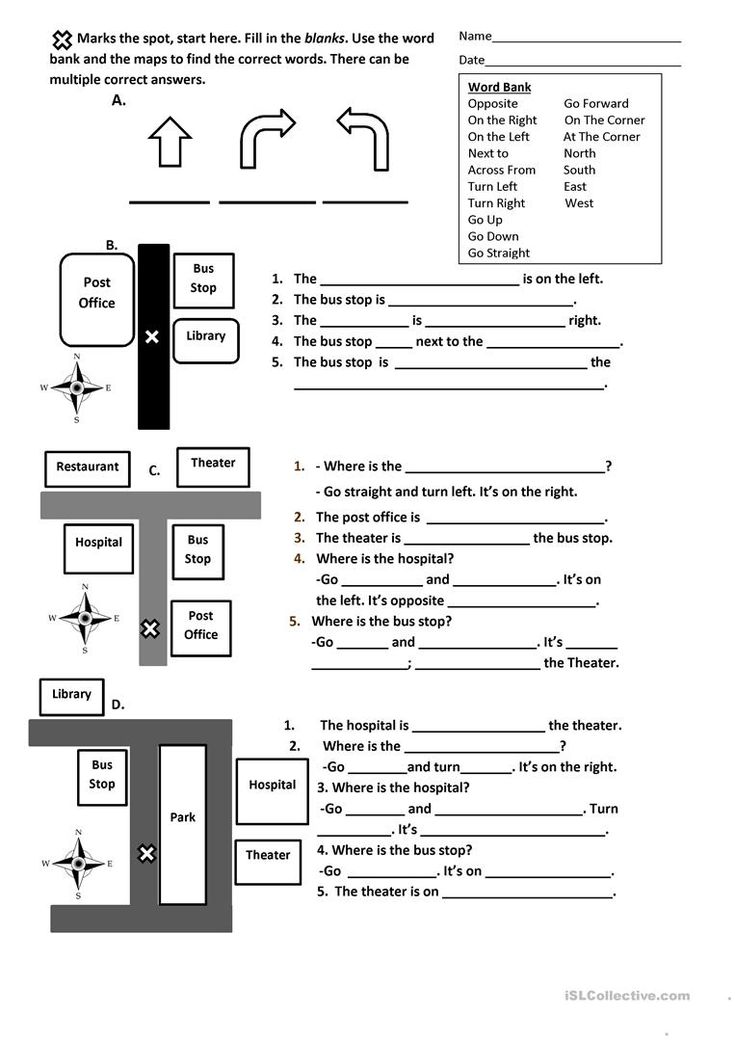
There are other specialties that are in contact with economic calculations, auditing, analysis.
Forms of education
The main advantage of economic areas is that the development of skills and competencies does not require the student to attend classes in universities.
Therefore, you can learn a profession:
- In a remote format, when the study of disciplines takes place through online platforms.
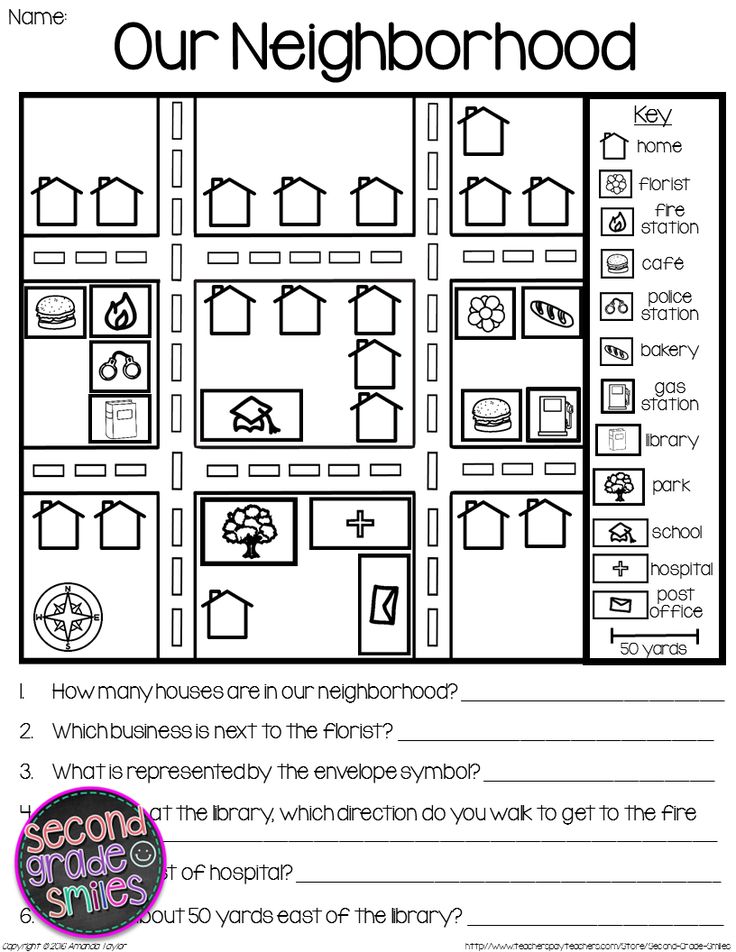
- Full-time, which implies daily visits by students - future university professionals.
- Part-time. The study schedule is freer and more flexible, which allows you to combine work and study opportunities.
The term of study depends on the chosen program of study. If an applicant goes to college, then the term of study is from 1 year 10 months to 2 years 10 months. Bachelor's degree implies the comprehension of the educational program from 3 years 6 months to 4 years 10 months. The second higher education, magistracy, postgraduate study implies training for a period of 2 years and 5 months to 3 years, depending on the chosen program.
Key disciplines
Employees of the economic profile must be well versed in the following subjects:
- English. Without knowledge of a foreign language, it will be difficult in the economy, since this area is focused on English-speaking countries.
 Most of the concepts and terms used by specialists with economic education are English-speaking, therefore, in order to operate them at a professional level, a specialist must be fluent in English.
Most of the concepts and terms used by specialists with economic education are English-speaking, therefore, in order to operate them at a professional level, a specialist must be fluent in English. - Law. The activity of each specialist must take place in the legal field, therefore, at any economic faculty they study jurisprudence.
- Mathematics. Specialists in this field work with numbers, money, so mastering mathematical tools, complex calculation formulas is a key skill for a future economist.
- Informatics. A graduate cannot do without computer literacy. Accountants, auditors, tax specialists must own special programs that allow you to create databases, carry out the necessary calculations of financial indicators, and reduce debits with credits. Therefore, without knowledge of computer science, it is impossible to carry out duties.
Graduates of economic universities are specialists who must have an analytical mindset, attentiveness and innovative thinking. Working with large financial flows implies responsibility, self-criticism of the employee. When applying for a job, there are serious requirements for the applicant, but this pays off with a high level of salaries that specialists with an economic education are willing to pay.
Address of receipt:
Moscow, Izmaylovsky Val, 2, Semenovskaya metro station
Moscow, Leningradskiy pr., 80G, Sokol metro station
Phones (24 hours)
+7 495 800–10–01 8 800 100–00–11Working hours
09.00-20.00
SB-Sun: 10.00-17 for:
organizing methodological experiments, introducing methodological achievements and new learning technologies into the educational process.
Department of Pedagogy - Kalmyk State University
| Address | Elista, microdistrict 5, building 7 KSU, room.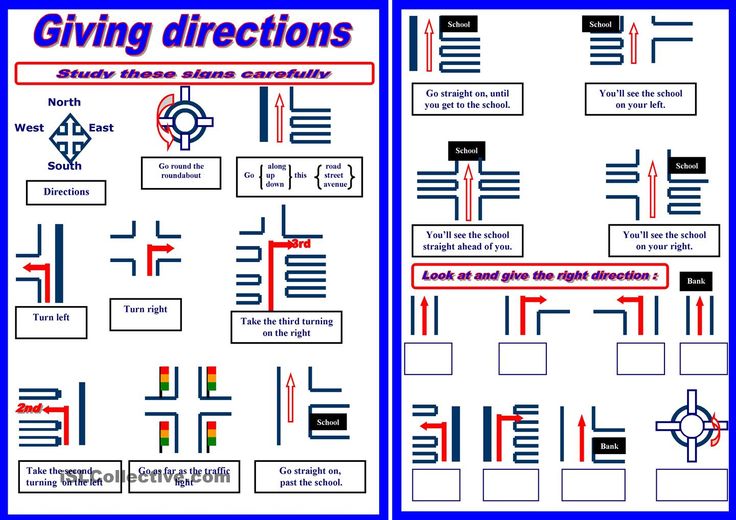 109 109 |
| Phone | 8 (847 22) 3-89-85 |
| [email protected] |
Head: Arkady Borisovich Pankin
Basic information
”, 25 students were enrolled in the full-time department.
Largely due to the activities of this department, in 1987 the pedagogical faculty was formed, the dean of which was Ph.D., associate professor of KSU Kolodko Vasily Ivanovich.
Two years at the department "Pedagogy and Methods of Primary Education" the educational process was carried out by teachers of various departments, but the main subjects: "Russian language", "children's literature" were taught by Esinova T.S., Chonaeva D.A.. Mathematics was led by Basangova R. .B., zoology - Gabunshchina E.B., human physiology - Ushaeva I.I., botany - Tsedenova L.U., geography and local history - Belousova Z.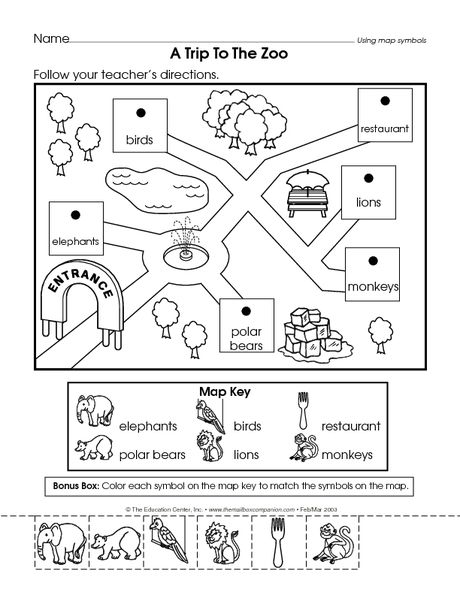 N.
N.
In the 1987-88 academic year, the department "Pedagogy and Methods of Primary Education" appeared, which gathered such experienced associate professors as Bakbusheva N.U., Efremova V.F., Ilishkina I.U.; assistants Tsedenova L.U., Krasnokutskaya O.A., Manzhieva I.G., Petrashova N.D., Belyuchenko V.I. Shalkhakova I.B. worked as a senior laboratory assistant. Ushaeva
At different times, the deans of the faculty were: Pankin A.B., Doctor of Pedagogical Sciences, Professor, Mantsaev N.G., Candidate of Mathematical Sciences, since 2006 Kekeyeva Z.O., Doctor of Pedagogical Sciences, Professor has been the dean of the faculty.
In 2003 Doctor of Pedagogical Sciences, Professor Arkady Borisovich Pankin, who still heads the department, which at different times was called the Department of “Primary Education and Private Methods”, “Pedagogy and Methods of Innovative Education”, “Pedagogy”, was elected as the department. replenished with young promising teachers, former graduates of the department: Ph. D. Kikeyeva S.A., Ph.D. Lidzhieva M.A., Ph.D. Mandzhieva E.V.
D. Kikeyeva S.A., Ph.D. Lidzhieva M.A., Ph.D. Mandzhieva E.V.
Important work at the department from 2003 to 2010. conducted by Academician of the Russian Academy of Education Doctor of Pediatrics, Professor Volkov Gennady Nikandrovich. He headed the research laboratory of ethnopedagogical innovations and in many ways contributed to the strengthening of the scientific and methodological base of the department.
The department provides training in the following areas:
undergraduate programs with a Bachelor's degree in Pedagogy;
- 44.03.01 “Pedagogical education” Profile: “ Primary education ” Full -time and correspondence forms of training
- 44.03.01 “Pedagogical education” profile: “ Preschool education ” Full and part-time education
Master's programs with a master's degree in Pedagogy
- 44.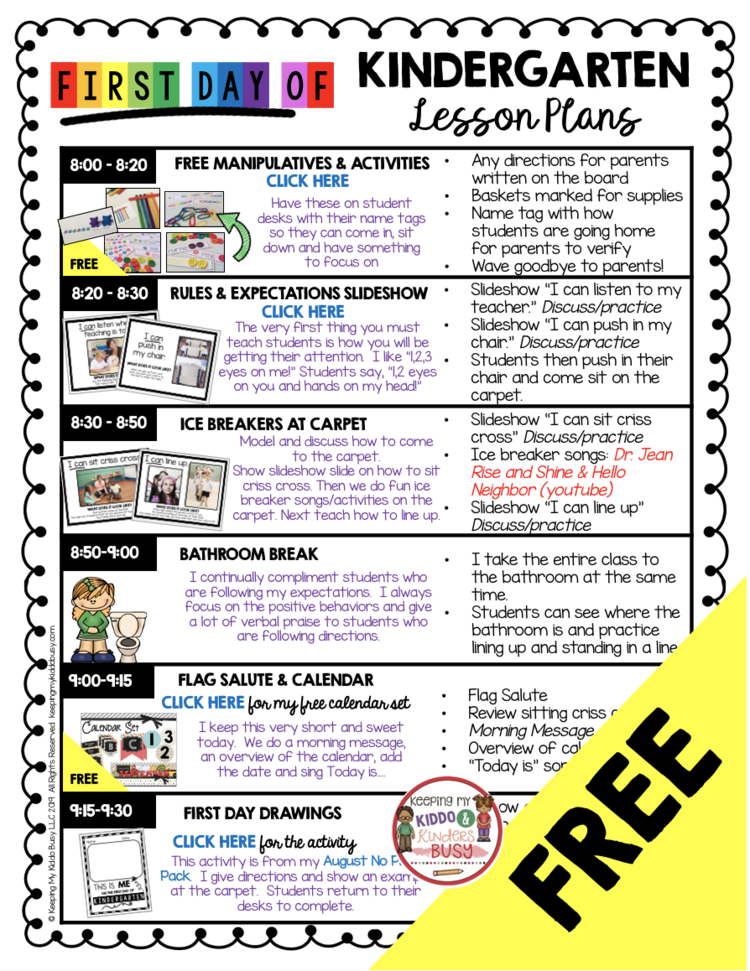 04.01. "Pedagogical education" "Pedagogical management";
04.01. "Pedagogical education" "Pedagogical management";
in graduate school with the degree of "Teacher-Researcher"
- 44.06.01. "Education and Pedagogical Sciences" with a degree in "General Pedagogy, History of Pedagogy and Education".
Research Laboratory of Ethnopedagogical Innovations
At the department by order of the rector of KSU No. 1352 dated 09/02/2004, in order to scientifically systematize the ethno-pedagogical values of the peoples of the Russian Federation, in-depth, expanded presentation of ethno-pedagogical, ethno-cultural ideas and ideals in the context of a radical improvement in the preparation of students, which provides for innovative searches in scientific and research work in combination with the subject study by students of the results of the research of the laboratory staff, a research laboratory of ethnopedagogical innovations was opened.
In accordance with the goal and main activities of the laboratory, the laboratory performs the following functions:
- plans research work in accordance with the general plan of the university's research and development;
- organizes timely and high-quality implementation of R&D according to approved programs;
- reviews incoming scientific papers corresponding to the research topics of the laboratory staff;
- establishes and develops business contacts with various ethnopedagogical laboratories of the Russian Federation, scientific schools and institutions;
- studies and summarizes the experience in the field of ethnopedagogy, ethnopsychology, ethnophilosophy, ethnoculturology and other interdisciplinary sciences in order to introduce it into the educational process of educational institutions of the Republic of Kalmykia.
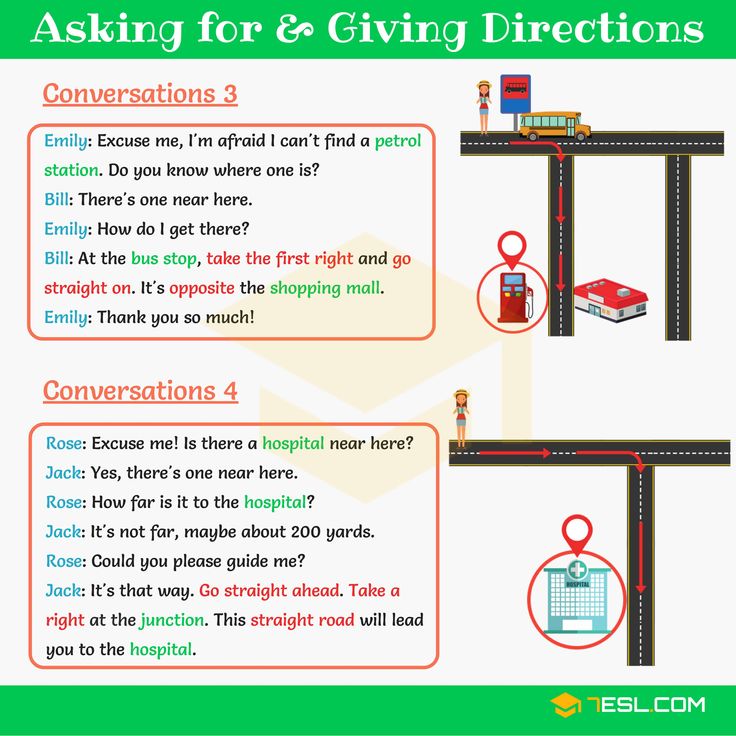
Regularly, twice a month, in conditions of high attendance and activity of participants, laboratory meetings are held. Teachers of KSU, vocational education systems, school teachers of the Republic of Kazakhstan, representatives of public organizations, graduate students and applicants take part in the work of the laboratory. At the meetings, reports on ongoing and completed scientific and pedagogical research, graduate students and applicants are heard. Prepared for defense and defended 4 doctoral and 32 master's theses.
Relations with universities and research centers in Russia are expanding. 24 graduate students and a large number of applicants are being trained. Together with the Ministry of Education and Science of the Republic of Kazakhstan, scientific and practical conferences are held annually: "Ethnopedagogy in a multi-ethnic environment."
The department provides teaching of the following basic and special disciplines:
- Pedagogy
- Pedagogy of primary education
- Preschool Pedagogy
- Theoretical Pedagogy
- Practical Pedagogy
- Social Pedagogy
- Family Pedagogy and Home Education
- Primary School Management
- Pedagogical foundations of student-centered education for junior schoolchildren
- History and methodology of professional activity
- Socio-pedagogical foundations of innovation activity
- Theory and methodology of educational work at school
- Methodology and technology of work of a social pedagogue
- Fundamentals of special pedagogy and psychology
- Workshop on solving professional problems
- Textbook.
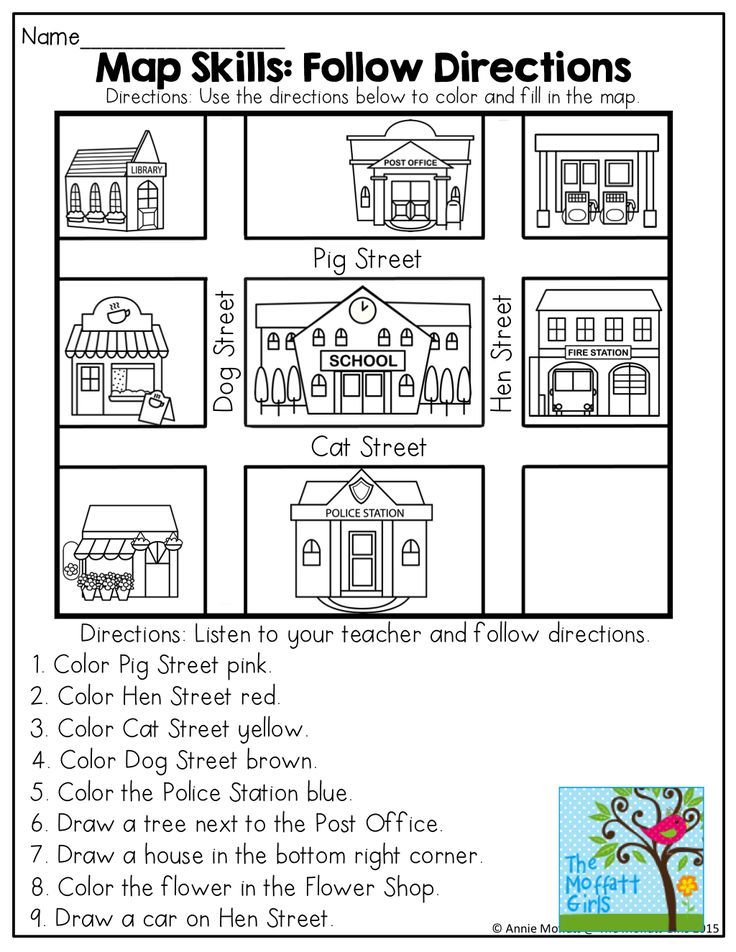 Creation theory.
Creation theory. - Mathematics
- Psychological and pedagogical foundations for the formation of mathematical thinking
- Theoretical Foundations of Primary Mathematics Education
- Methods of teaching mathematics
- Russian language
- Methods of teaching Russian language and literature
- Rhetoric and speech technique
- Children's literature
- Introduction to Literary Studies
- Creative Design Methodology
- Methods of teaching fine arts with a workshop
- Theory and methods of musical education
- Choreology
- Ethics and aesthetics
- World art culture
- Culture of the native land
- Formation of ethno-cultural personality
- Ethnology of childhood
Main areas of scientific work
- Pedagogy
- Ethnopedagogics
- Continuing education system
Research interests
- Pedagogy
- Management of educational systems
- Ethno-cultural connotation of the content of continuing education
Scientific communications
Armavir State University
Astrakhan State University
Atyrau State University (Republic of Kazakhstan)
Buryat State University
Volgograd State Pedagogical University
Eurasian University.

